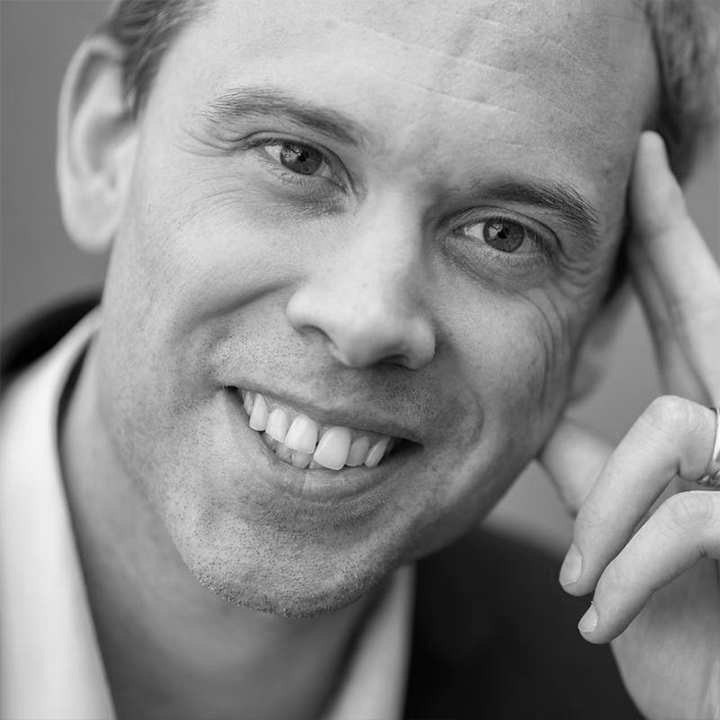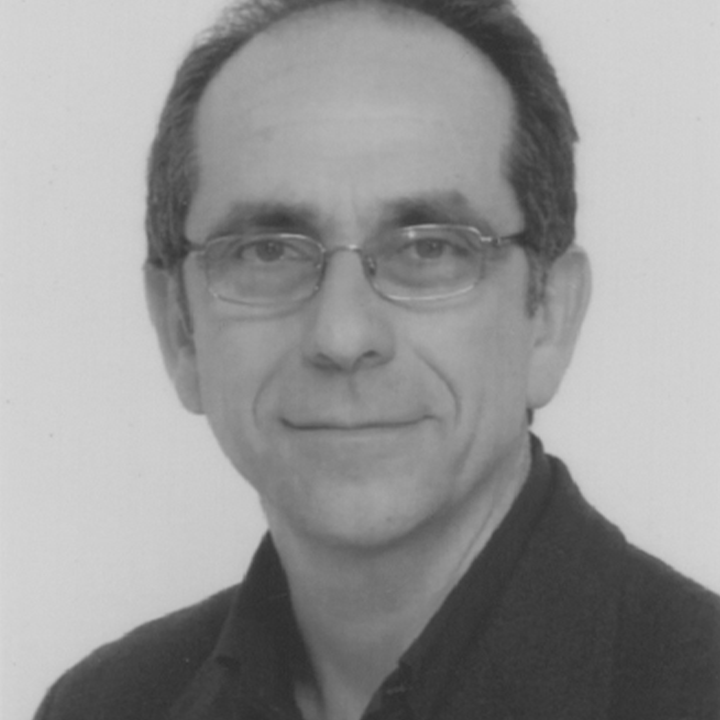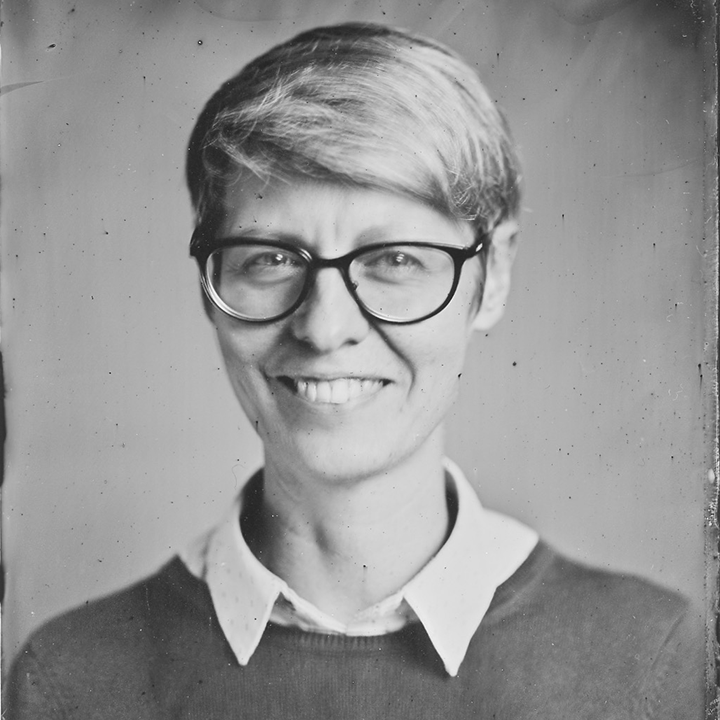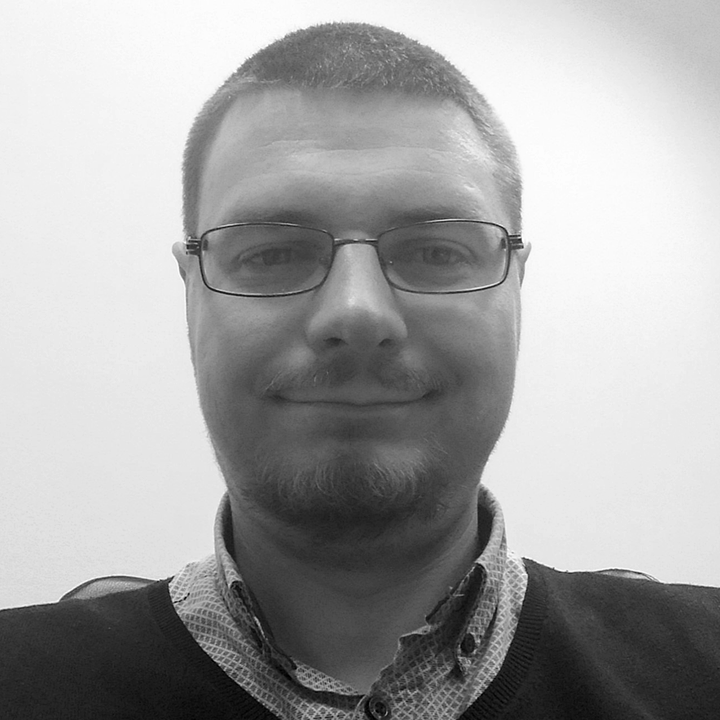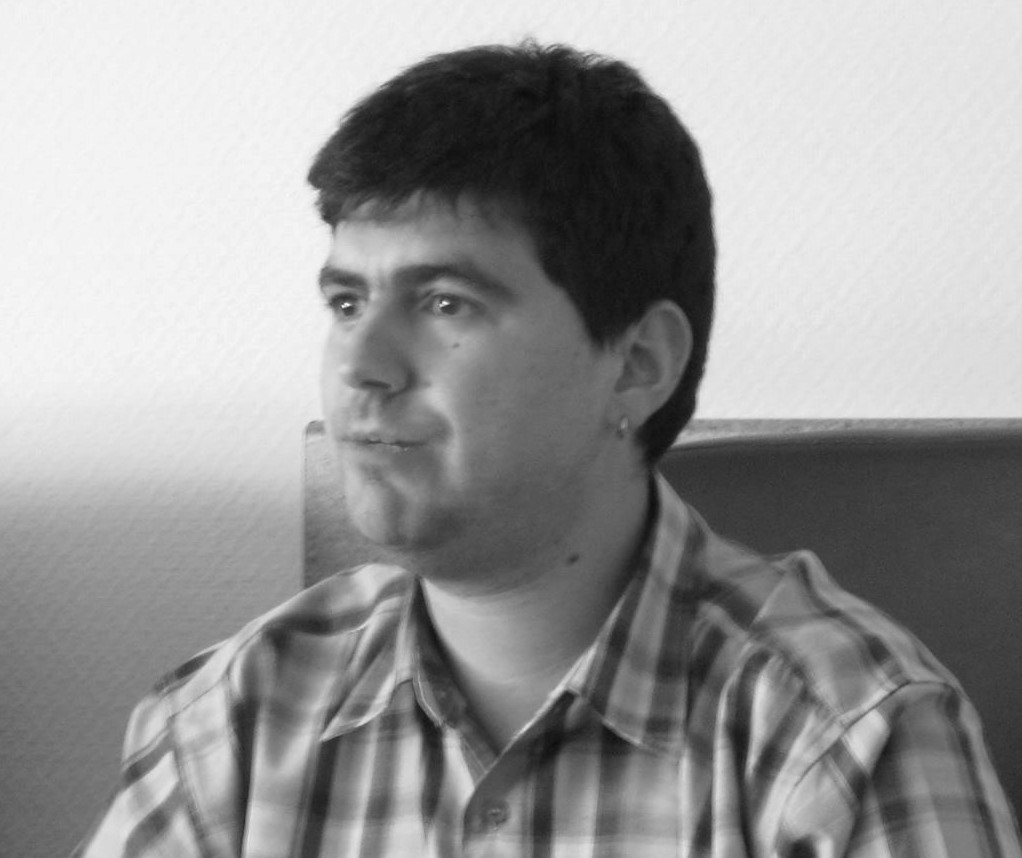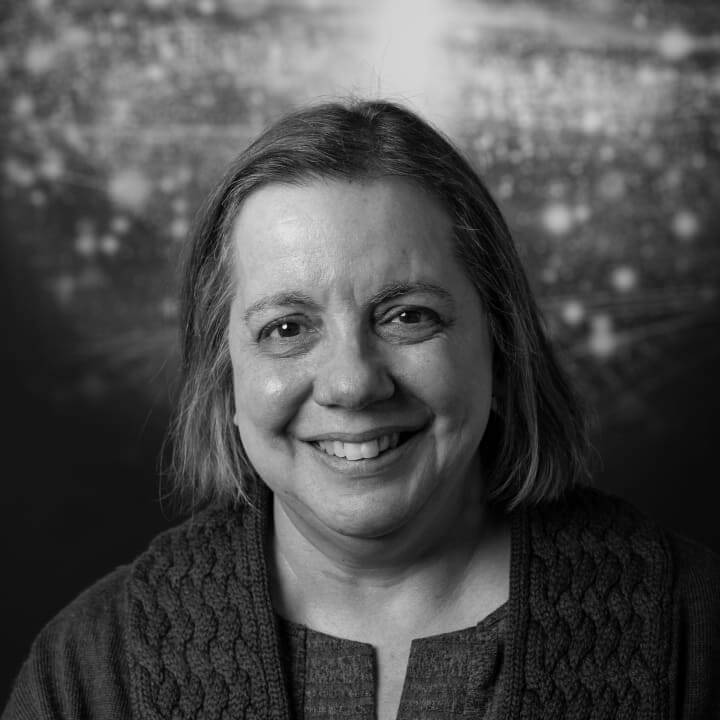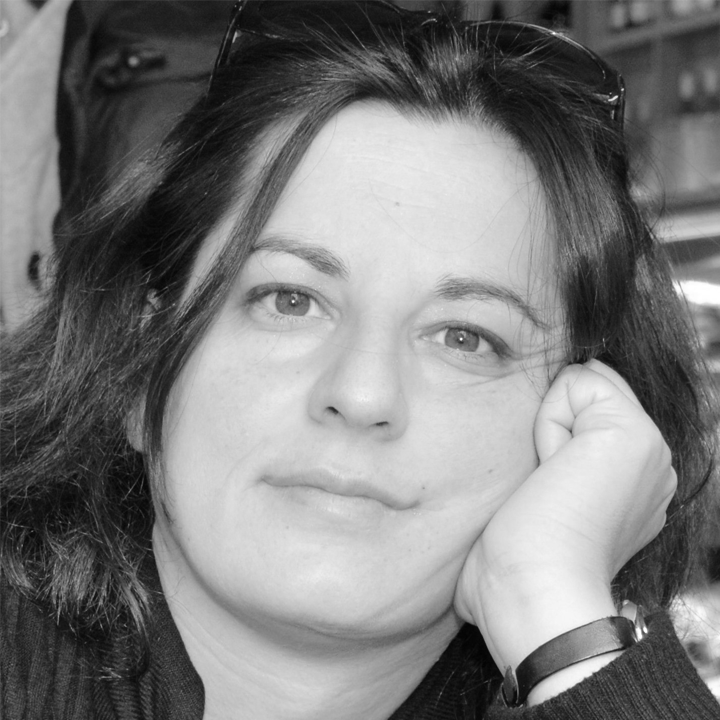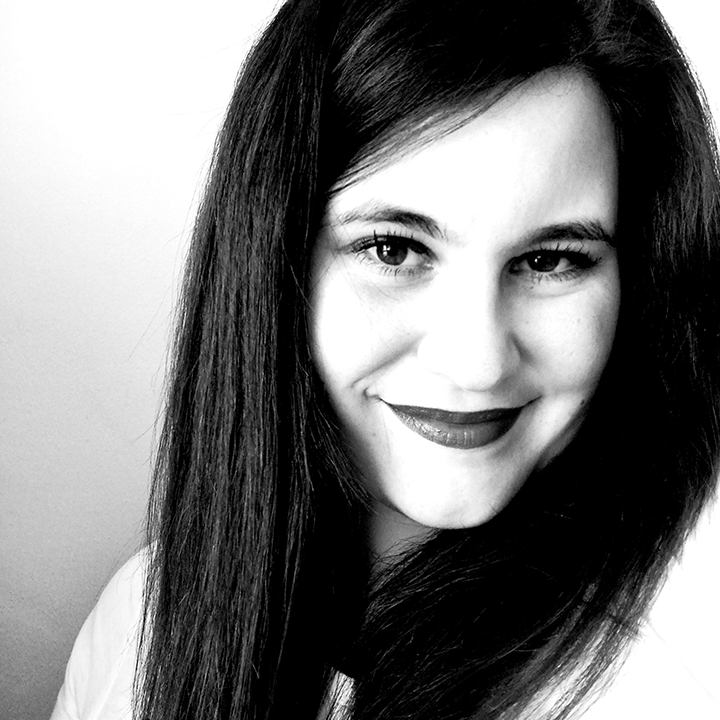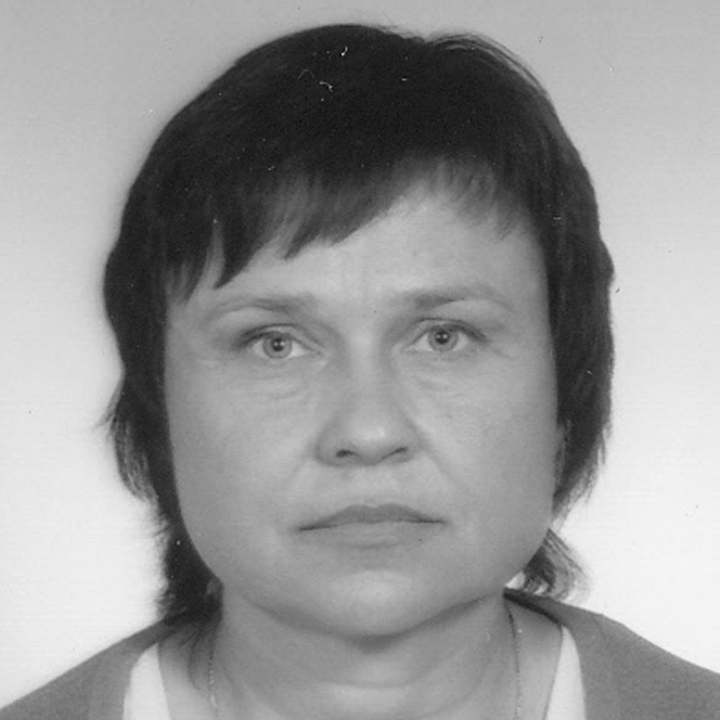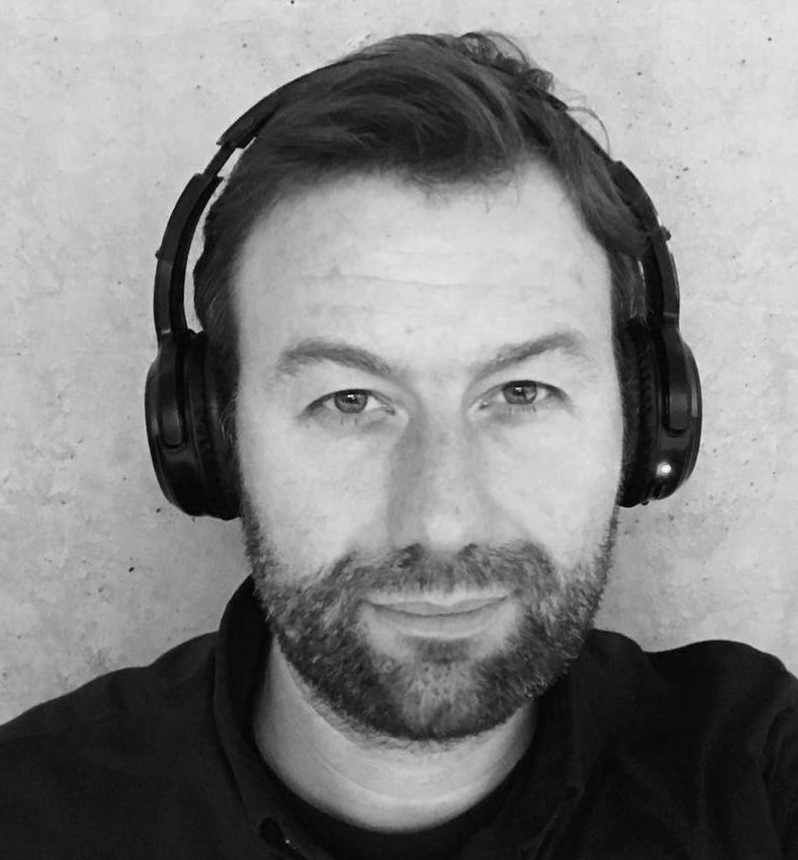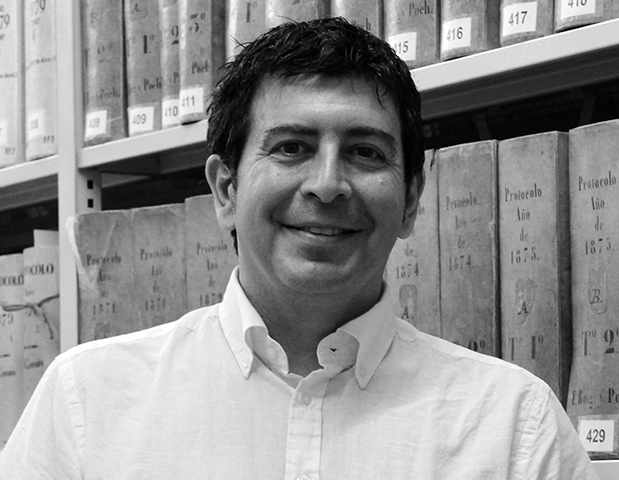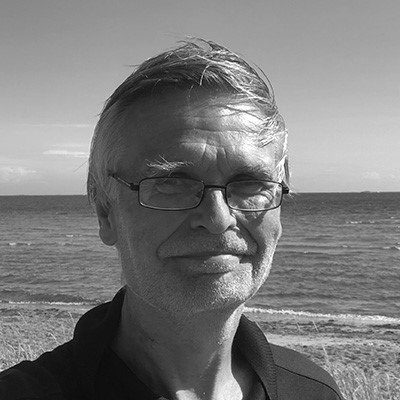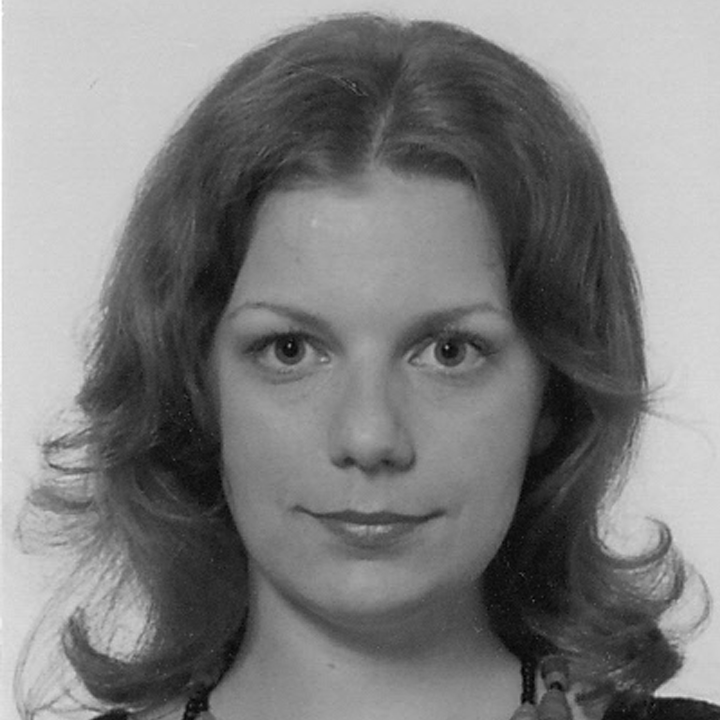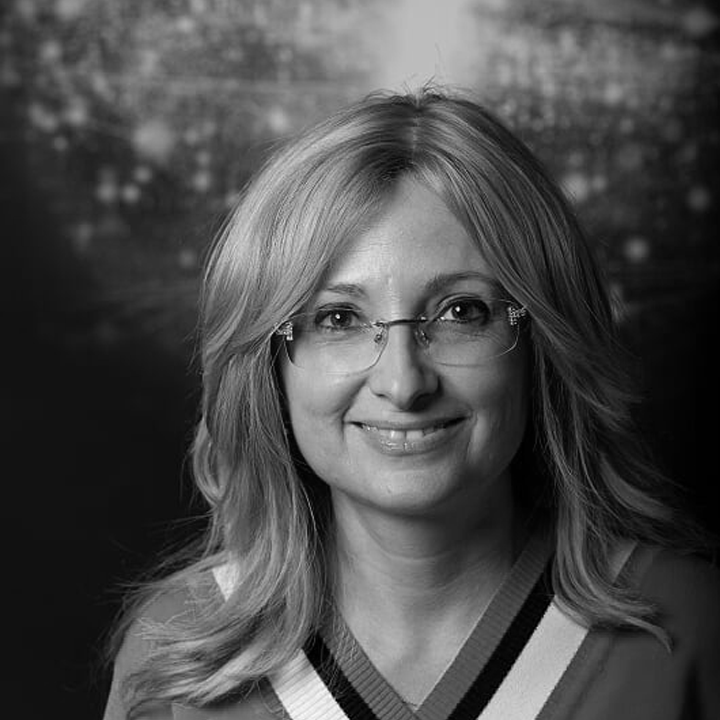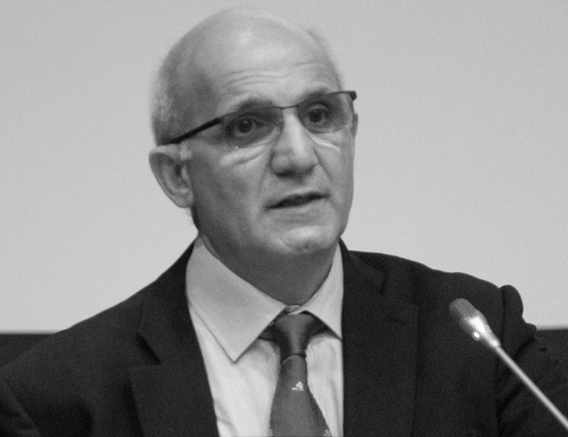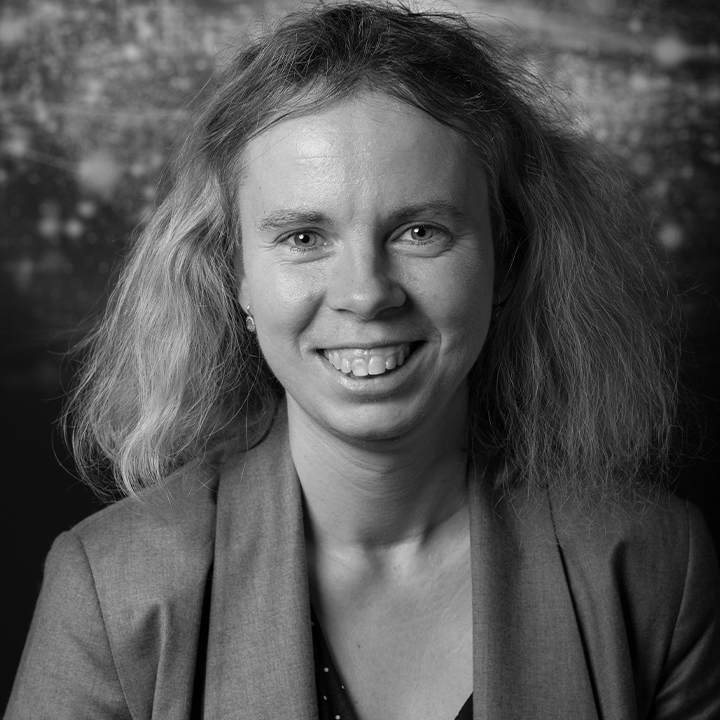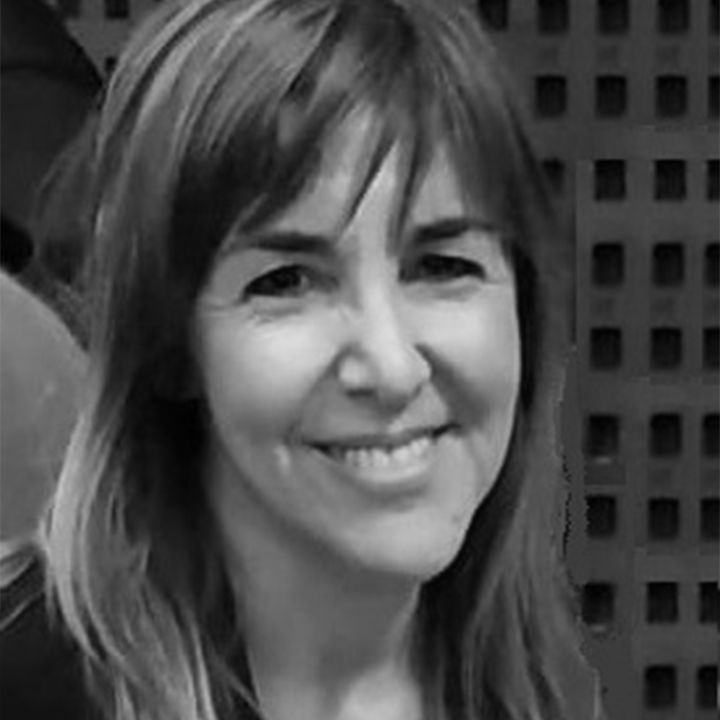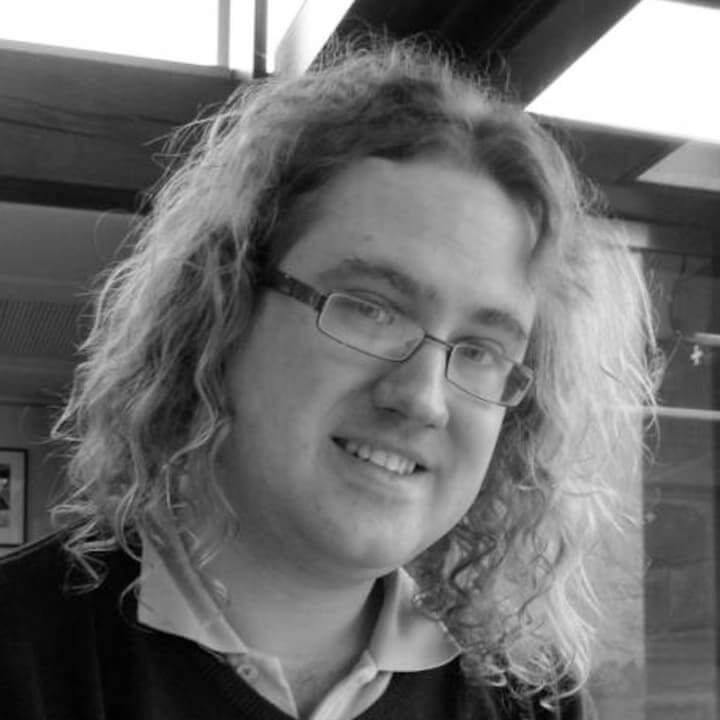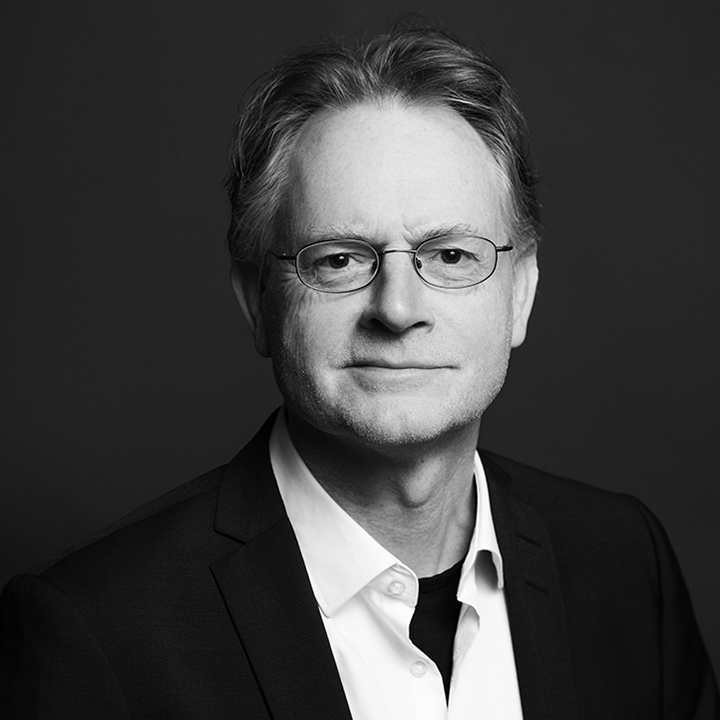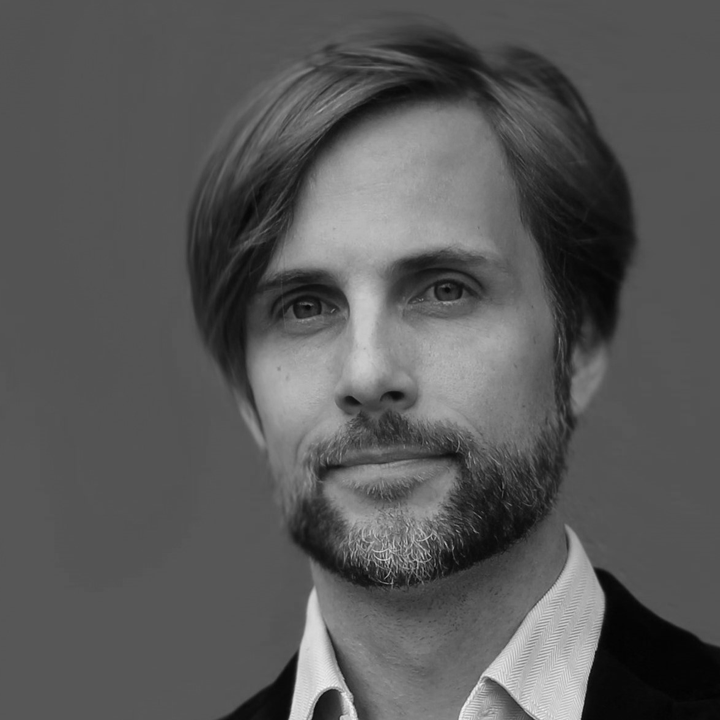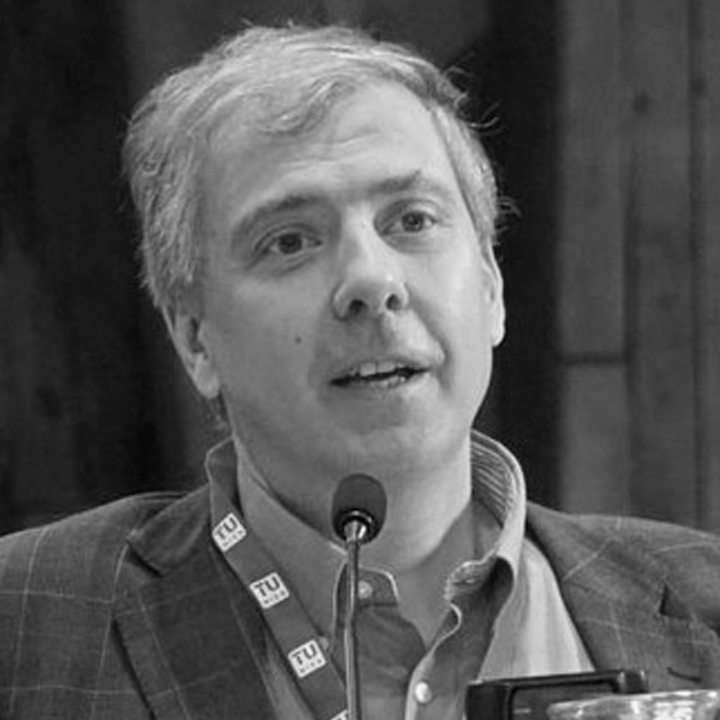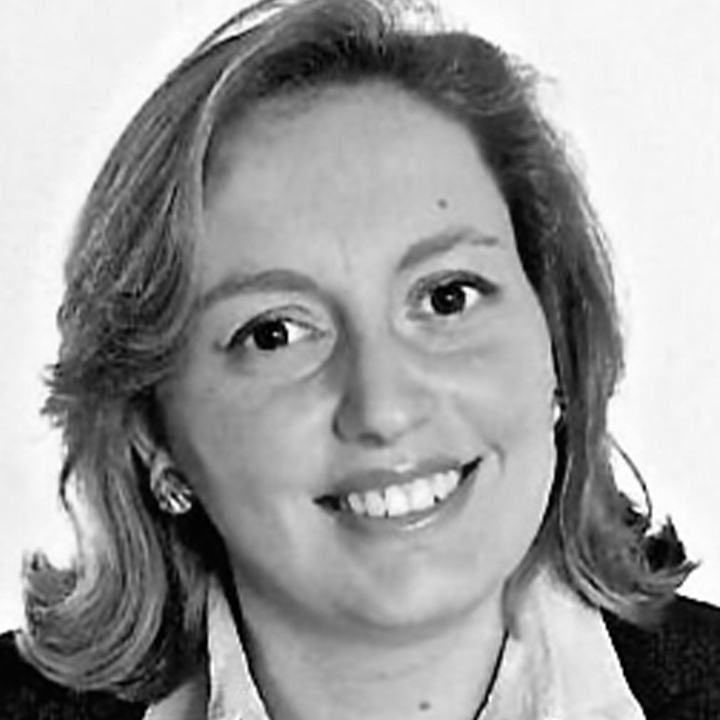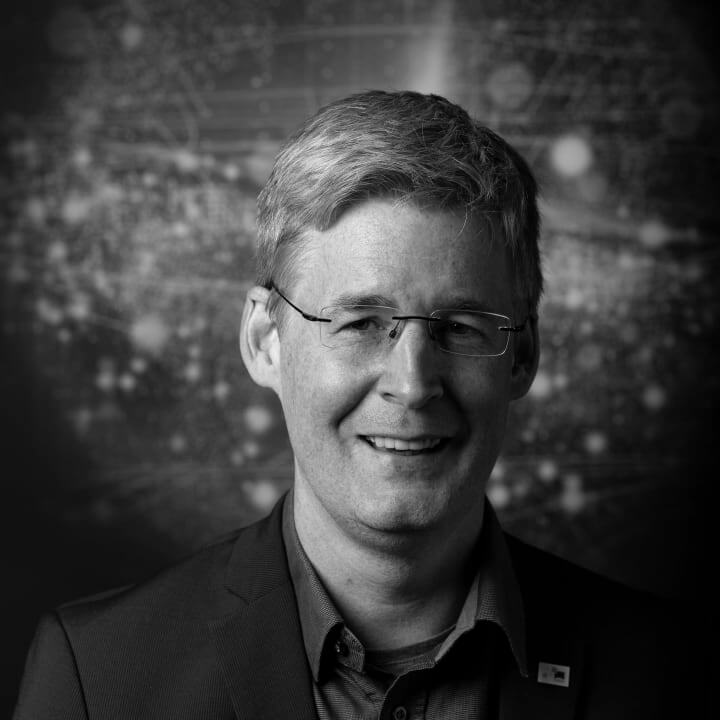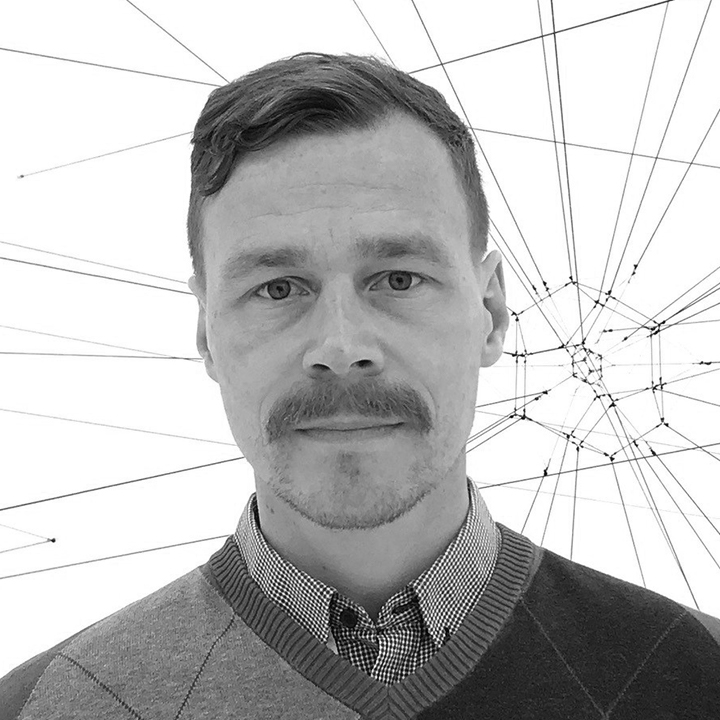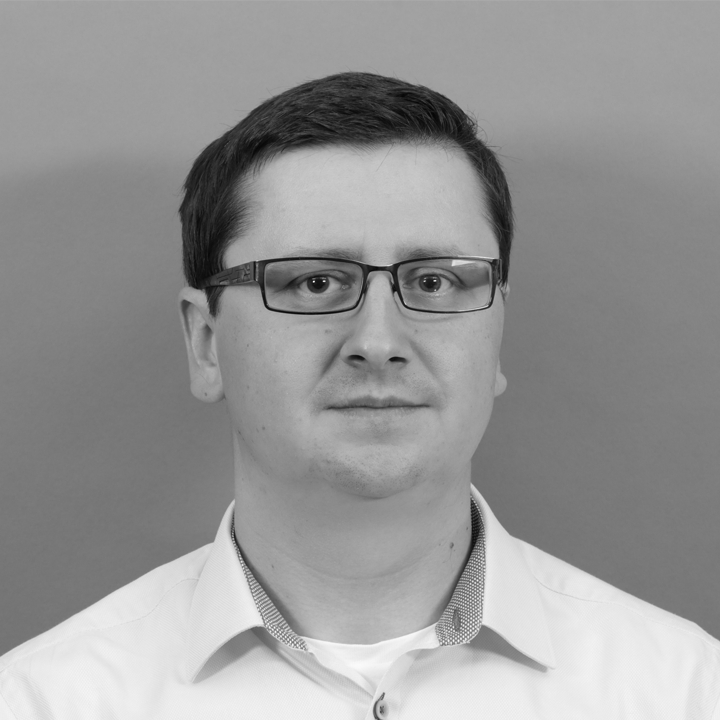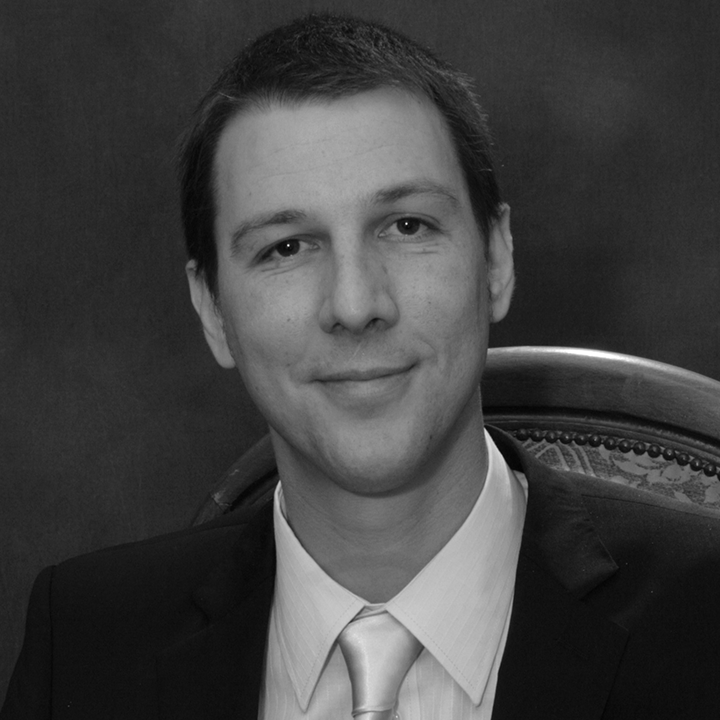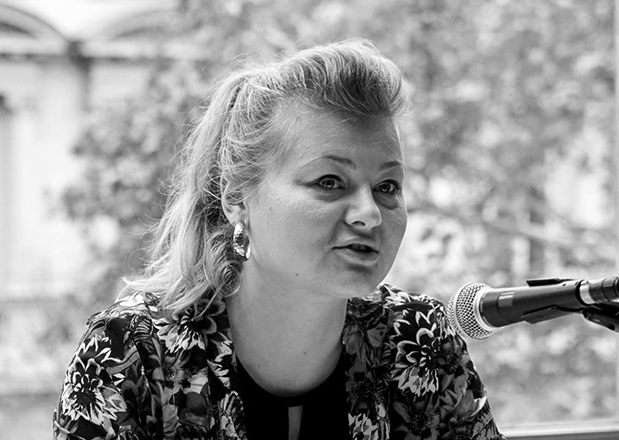
Ágnes Telek graduated in Art History, with a focus on the architecture and urban history of turn-of-the-century Budapest. After 11 inspiring years at the Budapest City Archives — diving deep into the city’s past, helping researchers, and organizing countless cultural events — she’s now taken a bold new step forward.
Ágnes recently joined the team at KÉK – Contemporary Architecture Center in Budapest, where she works as a project manager on a dynamic Interreg project, collaborating with 12 partners across 5 countries. She loves connecting people and ideas across borders, and is excited to bring her archival and cultural experience into a lively international context.
She remains passionate about contemporary visual arts and photography, often curating exhibitions, giving talks, and writing about the things that inspire her.
“One of the greatest things about Time Machine is that it gives a tool to explore history for everyone. It was never so easy as it is now to browse authentic archival sources and to find reliable information about stories, fates, connections and citizens. Like many European citizens, Hungarians also had to suffer from separation of families and migration across the continent. By having a European community and network of researchers and professionals from many fields, finding memories and relatives would be easier as these kinds of online platforms don’t have physical and geographical boundaries. The Time Machine has a significant effect on connecting researchers and developers to collaborate and extrapolate their common work into their joint vision and their platform. The Budapest Time Machine already published architectural plans and historical maps to act as a source for historians.”


